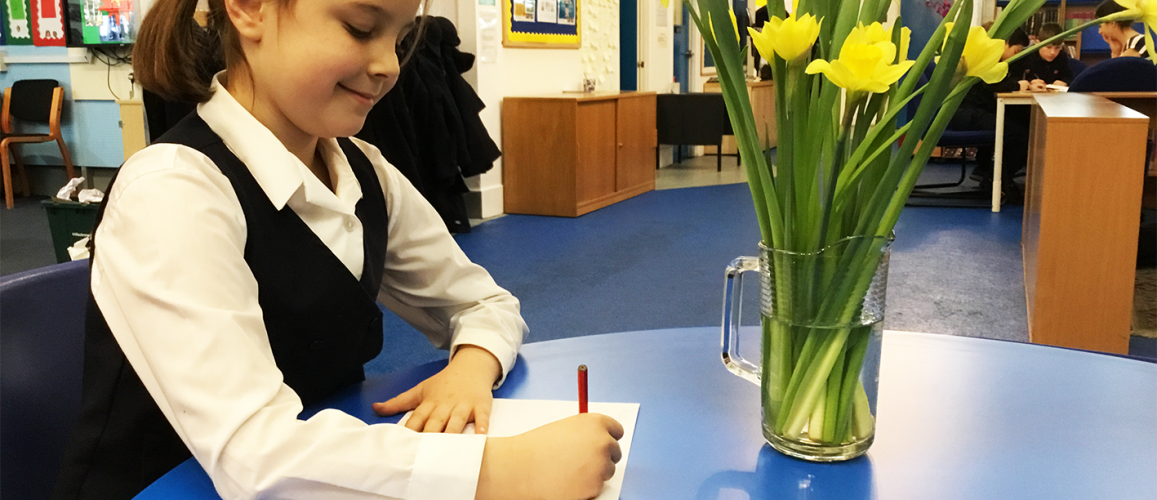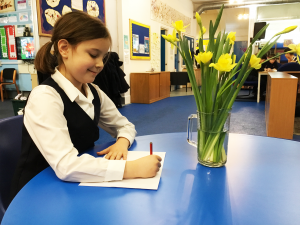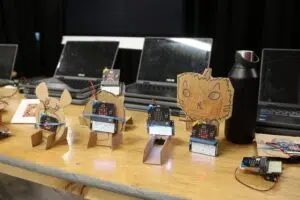Sometimes parents ask why we teach handwriting at school at all; surely it is an obsolete skill? Of course, we must teach keyboard skills to ensure that our children are well-prepared for the future but, developing a neat and swift cursive script is just as important and there is sound academic research that supports this view.
There are numerous publications that can be read on the subject and one of the most striking is written by Joyce Rankin, who is on the State Board for Education in America. Her article, written in November last year, The (Hand)writings on the Wall, cites research studies that have proven that there are direct links between developing good handwriting skills at an early age and academic achievement in both literacy and numeracy as children progress through their schooling; brain imaging has actually found that handwriting activates the brain more than keyboarding because it involves more complex motor and cognitive skills.
I have always found that the process of writing something by hand helps me to learn it and the research says it helps to ‘etch it into the memory’. We all remember those long lists of spellings that we learnt through writing them out over and over again; the process of writing them down was actually teaching the brain to remember them. Why would we deny our children this highly effective learning tool?
If this is not enough to convince the skeptic parent, then the fact that that there is a direct link between learning cursive writing and developing reading skills may help. Again, studies show that handwriting contributes to reading fluency because it activates the visual perception of letters. This is especially important for those who struggle with acquiring language skills. According to Marilyn Zecher, a language specialist, children with dyslexia have difficulty learning to read and to spell because of their brains associate sounds and letter combinations inefficiently. She says that cursive can help them with the decoding process because it integrates hand-eye coordination, fine motor skills and other brain and memory functions.
The pen and paper approach also enables children to express themselves more imaginatively once they have mastered the skill of writing. Virginia Berninger, a professor at the University of Washington, supports this through her research of children in grades two, four and six who all said that they wrote more words, faster, and expressed more ideas when writing essays by hand than with a keyboard.
The last and most important reason to teach handwriting in school is that having illegible handwriting can have a serious impact on a child’s self-esteem and can hinder their learning irreparably.
At the Lyceum school, we believe that one of the greatest gifts we can give a child is to teach them to express themselves confidently through music, drama, sport, art … and through their neat and beautiful handwriting.












